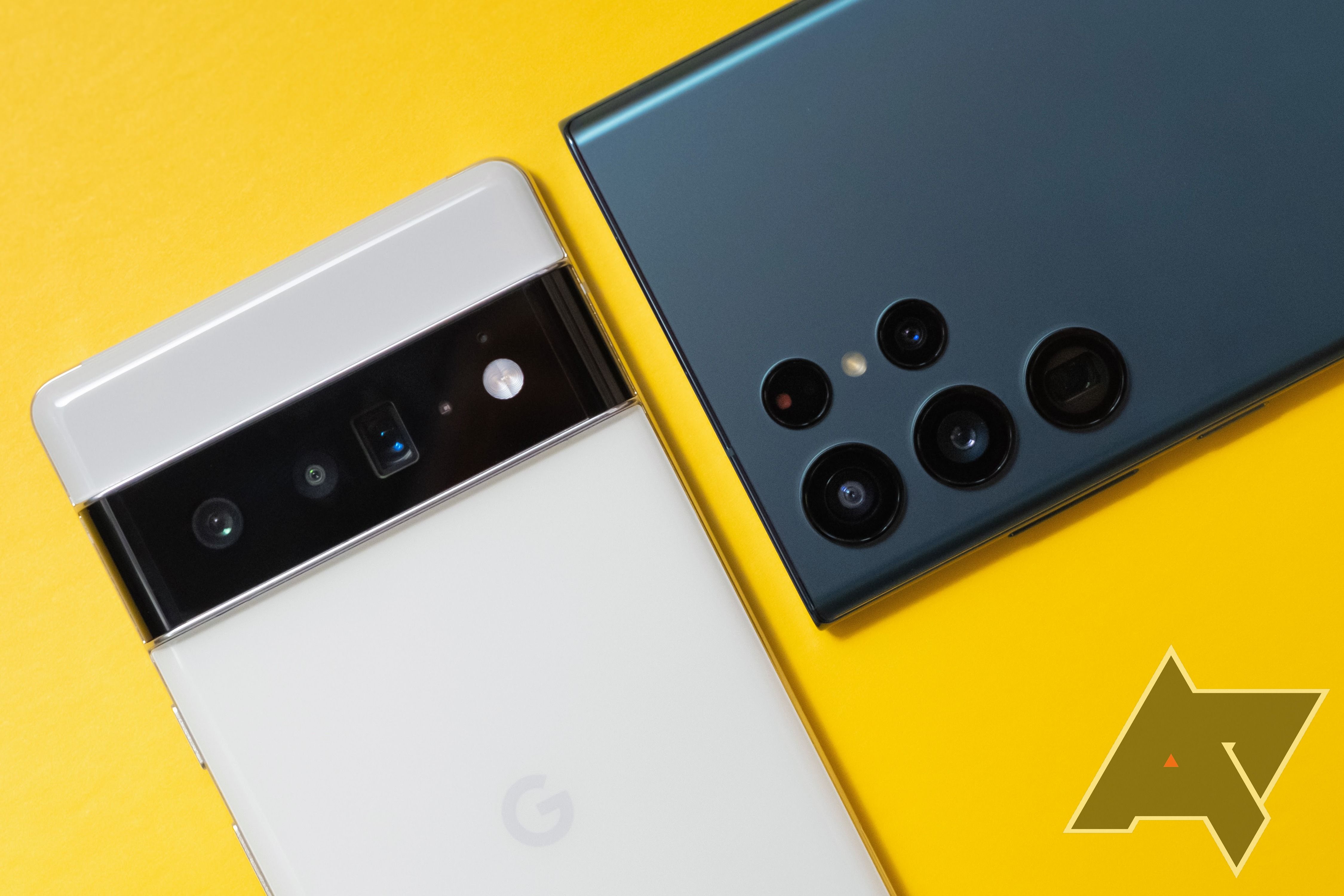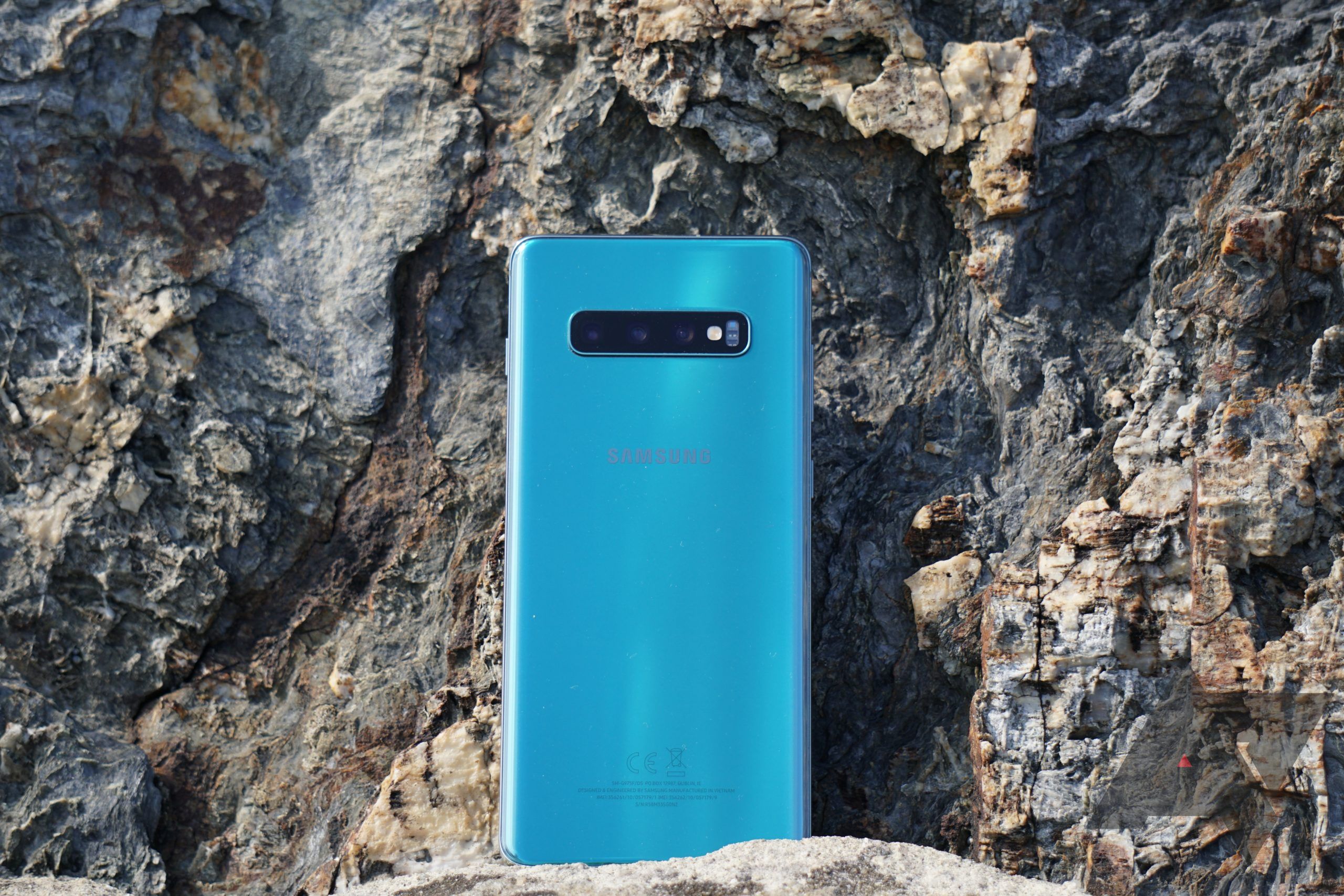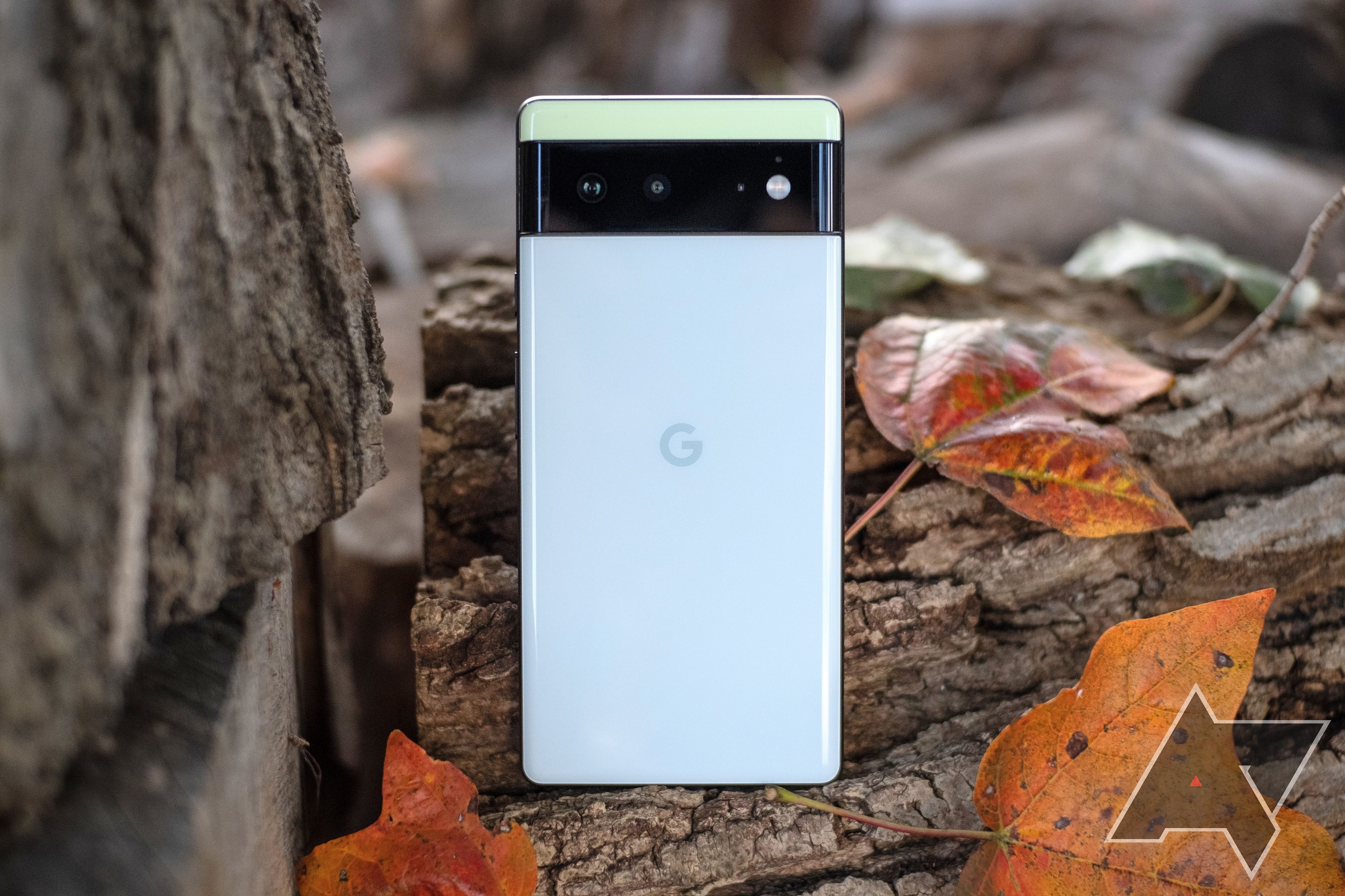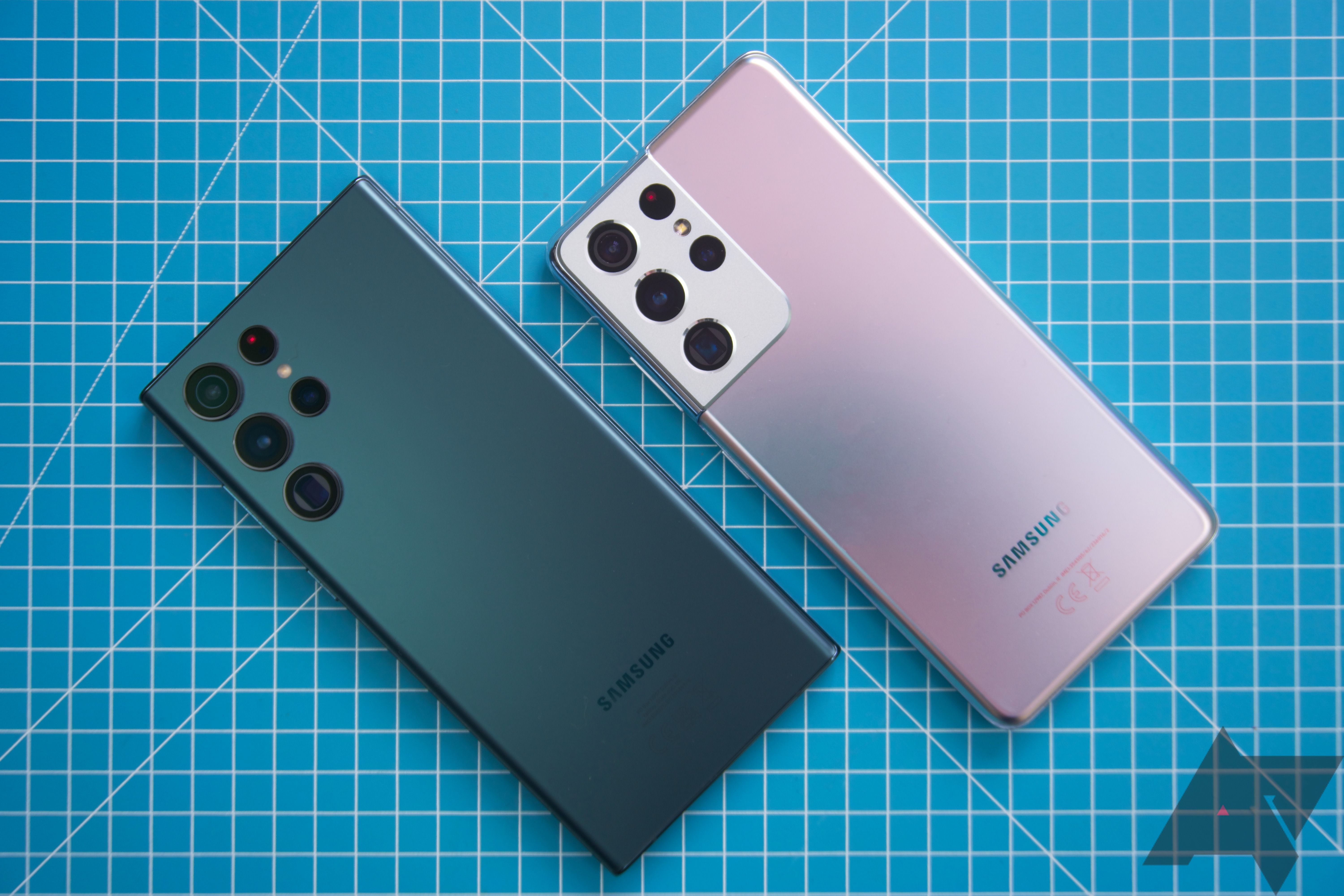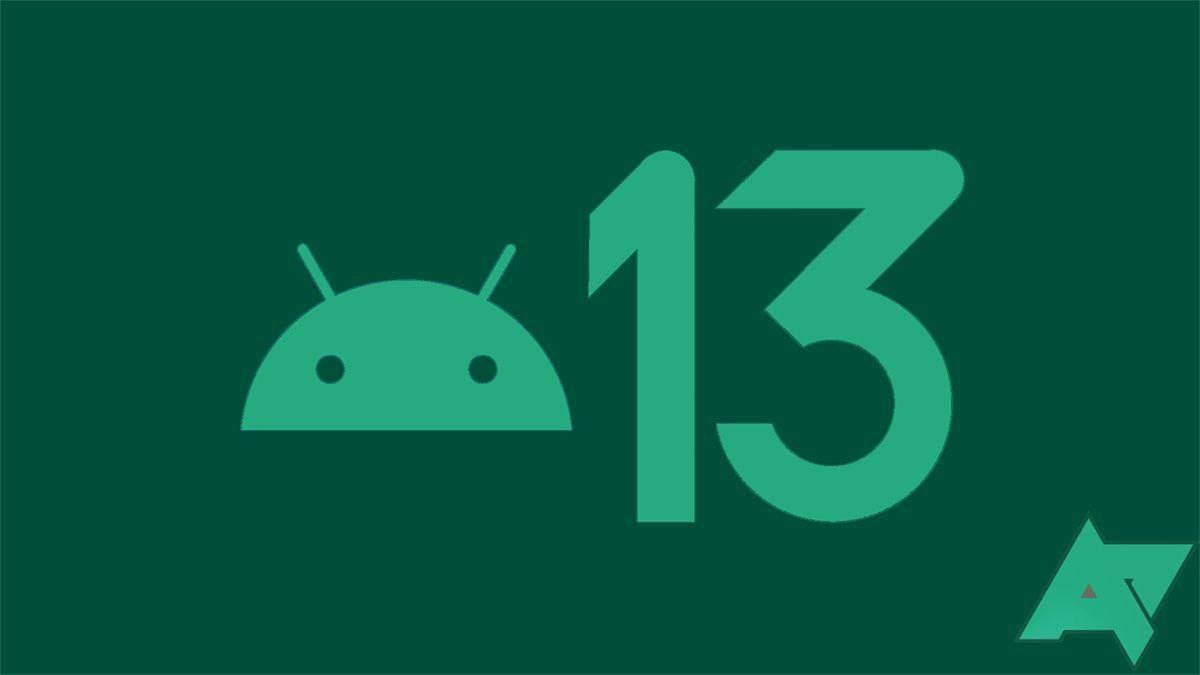A core strength of Google's hardware lies in its fast and reliable software support. Pixel devices receive new Android versions before the competition, and until recently, Pixels would receive these updates longer than other Android devices. The mobile landscape is changing, and the software benefits afforded to the Pixels aren't as significant as they once were. Some might even suggest what was once unthinkable: While they're among the best smartphones available, Pixels are no longer the best Android phones to buy for long-term software support.
How things used to be
Looking to the past, we can see how Google's phones and tablets built a reputation for software support. Android 9.0 Pie was made available for Pixels in August 2018. Samsung's 2018 flagship, the Galaxy S9, didn't receive the update until January 2019. Google also offered more updates than other Android manufacturers. Pixels received three years of software and security updates, while Samsung and many other competitors only offered two OS upgrades.
Samsung began to close the gap in 2019. Monthly security patches became more consistent and timely. The gap between Google releasing new versions of Android and Samsung pushing the updates to many of its phones shrank. Galaxy S9 owners waited five months to get Android 9.0. Galaxy S10 owners snagged the Android 10 update two and a half months after its release. Android 12 made its way to the Galaxy S21 less than a month after its Pixel debut.
The current state of affairs
Google isn't doing much to improve its reputation. It's normal for new products to suffer from bugs upon release, but the Pixel 6 and Pixel 6 Pro were plagued with persistent issues that lasted for months. Some issues were severe enough that the Pixel 6 series received monthly security patches weeks later than their elder siblings. Most of the bugs were fixed eventually, but some persist today, more than six months after the phones went on sale.
When Samsung unveiled the Galaxy Note 20 in August 2020, it made a bold commitment to long-term software support. Most upcoming Galaxy devices would receive three years of Android upgrades and four years of security patches. The offer was extended to a handful of premium 2019 devices as well. Google had lost its long-term software support lead. Samsung matched Google's OS upgrade commitment, and it added an extra year of security patches to boot.
Google temporarily changed the math when it announced the Pixel 6. Its first true flagships would get five years of security upgrades. It would continue with three years of software updates, like older Pixel models. The security updates offer wasn't extended to older Pixel models. It has a half-hearted victory and one that didn't last.
When Samsung announced the Galaxy S22 series in February 2022, it outpaced Google once again. Most of its upcoming Galaxy A-series and S-series phones would be eligible for four years of OS upgrades, along with five years of security patches. Again, Samsung extended the offer to a select few 2021 devices, and again, it put Google's software commitment to shame.
Google's Android devices have always served as an example for other manufacturers, showing how Google thinks Android should behave and how long devices should be supported. Today, even the mid-range Galaxy A53 5G outshines Pixel phones for updates.
The Google Pixel 6a is setting the midrange market on fire, offering the same flagship-tier processor as the Pixel 6 and 6 Pro for $450. It's more powerful than most midrange devices from Samsung. However, the Pixel 6a will receive inferior software support compared to Samsung Galaxy A53, and that's an important factor people consider when purchasing in this price bracket.
The Pixel 6a launched on Android 12 and will be supported through Android 15, with two years of additional security updates. The Galaxy A53 will get Android 16. Of the two phones, the Pixel is the one that you'll want to use for that many years, thanks to its more future-proof processor, making the difference in software support even harder to swallow.
The Pixel 6a, as well as the other supported Pixels, have already received their Android 13 update, and the A53 will probably be waiting until Q1 2023 to see its Android 13 upgrade. That's a clear area Samsung needs to improve on, but it doesn't take away from the fact the A53, as inferior as it is, will be supported for longer, and the Pixel 6a deserves better.
Google still enjoys a clear advantage in the development space, and other manufacturers have been unable to bridge the gap. The Android 13 beta program is finished, but when it was active, it was the only way to enjoy Android 13 early, and a Pixel was the best way to do it. Samsung may have its own Android 13 beta, but it's only available to the latest Galaxy S22 series, as opposed to Google's preview program that works with all supported Pixels.
Should it affect your purchasing decisions?
It's harder than ever to buy a Pixel based on its software experience. The Pixel benefits from exclusive software features like Call Screening, Live Translate, and Now Playing, which might be enough to retain some customers. But some would argue that they pale compared to the number of features packed into phones from the competition, which now receive updates almost as fast and for longer.
A few years ago, answering the question, "Which Android phone has the best software?" was easy. Google's devices were reliable, quickly updated, and received updates for longer than any other Android phone. Today the answer is less clear. Is getting an update a month or two earlier worth enduring the bugs and software quirks that come with being first? Should you sacrifice that slight advantage in exchange for a device that will be supported longer?
Maybe Google will offer a competitive update program when it releases the Pixel 7
The Pixel 6 may have been a comeback for Google in a lot of ways, but it's not the best phone for long-term software support. Samsung has closed the gap in most areas and beaten Google in the most important one—device longevity. That might not be enough to sway Pixel fans away from the brand, but it should be a wake-up call for Google.
As we move towards autumn and the release of the Pixel 7, we can only hope that Google will again extend its software policy and include the Pixel 6 in that extension at the very least. If it doesn't, the company could lose fans to other manufacturers.

